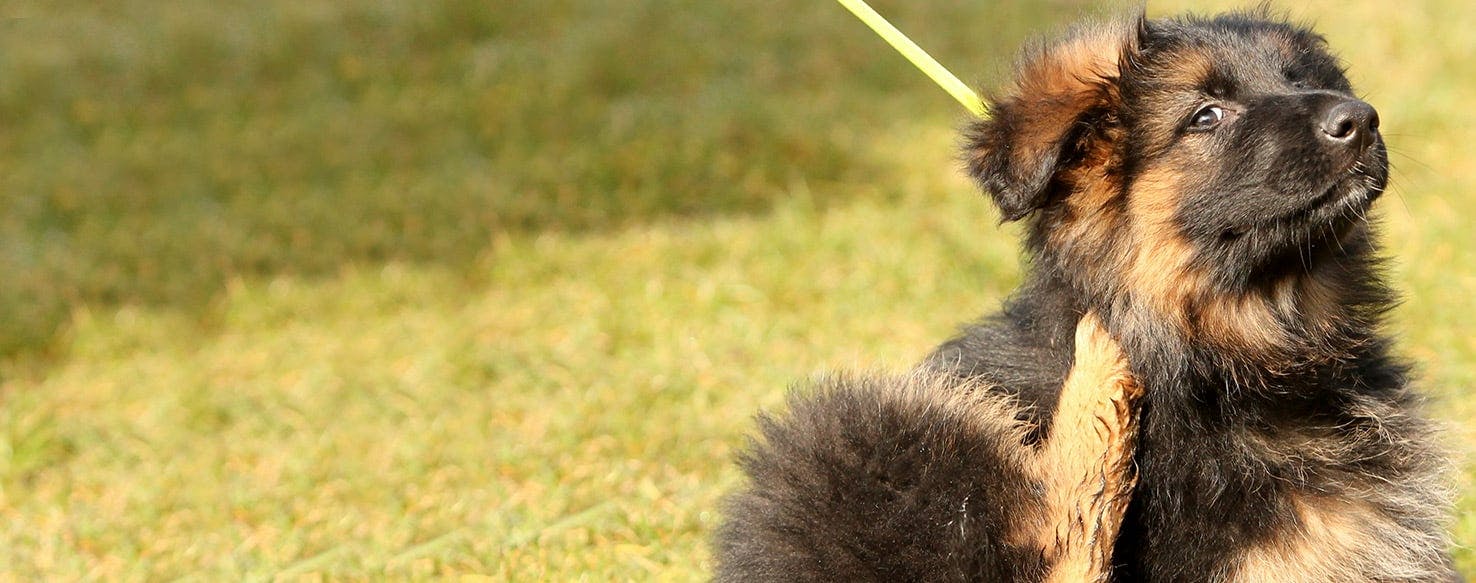
Save on pet insurance for your pet
You don't have to choose between your pet and your wallet when it comes to expensive vet visits. Prepare ahead of time for unexpected vet bills by finding the pawfect pet insurance.
Dogs truly are man’s best friend. They’re cuddly, they force us out to take them for walks, they keep the floors clean after meal times, and most importantly; they don’t argue back! But can our best friends also suffer from the same ailments and illnesses we do? Say, dandruff for example? Dandruff comes about when the oil from the scalp causes skin cells to clump together. But we should be cautious when it comes to dealing with dandruff, as it could be caused by yeast infections and other alarming causes. Can our canine companions come down with dandruff too?
Can Dogs Get Dandruff?
YES!
Humans may think, that because dandruff can be caused by hair products and skin conditions like eczema, that dogs are unlikely victims. But unfortunately, dogs are also susceptible to suffering with dandruff, and equipped with so much hair, that’s a lot of dandruff to shower your house.
Does My Dog Have Dandruff?
If you’re unsure whether your dog is suffering from dandruff, look out for these tell tale signs. Is there increased scale formation? Can you see hair loss, a greasy hair coat, excessive itching, or crusting? Also, if when you’re snuggled up on the sofa watching TV, your nice leather sofa is littered with a white film when your dog jumps up, they’re quite possibly suffering with doggie dandruff
But what is causing your dog’s dandruff, I hear you ask. The two most common causes, are hormonal disorders and allergies. If your dog is under five, then it is most likely due to allergies or a genetic condition. However, there are other causes of dandruff to be aware of. External parasites, mites, fleas and ringworm can also all cause dandruff.
Diagnosing dandruff is a relatively straightforward procedure. Your vet will usually diagnose the condition with just a physical examination. However, a more thorough examination may be required if they cannot establish the cause of the dandruff from an examination and conversations with you, the owner.
How Do I Treat My Dog’s Dandruff?
Your main course of treatment will be keratolytic products. This will entail applying products like specifically engineered shampoos that can help tackle dandruff. The shampoo will be used frequently for the first few weeks. It is common to see more dandruff in the first two weeks. This is the product loosening up the scales, and continued bathing will then remove the build up. The vet may also recommend an ointment or gel for you to apply each day-- this too can help curb the snow.
If the dandruff is caused by an underlying condition, the vet will look to treat that too. That may entail medication and therapy to remedy any hormonal disorder, or to help tackle any allergies. If medication is required, it may take a little while longer to get the dandruff under control, but be patient!
Fortunately, your dog will not need significant time to recover from dandruff, nor will it take months before you see signs of improvement. The dandruff situation may be under control in as little as a few weeks, and your dog will be back leaping on top of you in no time, just hopefully not showering you with a sea of dandruff anymore!
Hearing first-hand accounts and having dandruff-specific questions answered by in-house vets often yields fruitful information.
How Is Dandruff Similar in Dogs and Humans?
Dandruff is a condition that can affect humans and many animals, and for that reason there are a vast number of similarities in the way the condition manifests itself amongst humans and dogs. Some of those similarities are:
-
Dandruff in both can cause hair loss.
-
It can manifest itself as crusting and increased scale formation.
-
It can cause both humans dogs to then suffer from secondary infection and inflammation.
-
Both humans and dogs will have to fight the urge to itch the problem area.
How Is Dandruff Different in Dogs and Humans?
We have seen there are lots of similarities in the way dandruff manifests itself in dogs and humans. There also some obvious distinctions to look out for. Some of those distinctions are as follows:
-
In dogs, a greasy coat can be a symptom, but it will be much more visible than mild greasiness on the head of a human.
-
Secondary infection is more likely in dogs, as humans in general keep their head cleaner.
-
Dandruff in humans often comes about from allergies to hair products, dandruff in dogs is more likely to be brought on by more obscure allergens in their environment.
Case Study
Poppy was a cuddly black Labrador, aged seven when her owner started noticing white flakes on her kitchen floor and furniture. Concerned about the condition (and her sofas), her owner took Poppy to the vet. The vet, from talking to the owner, identified the likely cause as an allergy to the new washing powders the owner was using to wash Poppy's bedding. So the vet recommended a course of keratolytic shampoo and changing the washing powder. Just 3 weeks later, Poppy was clear of dandruff, her bed was relatively clean, and she was back wreaking havoc on the furniture!
You may also like
